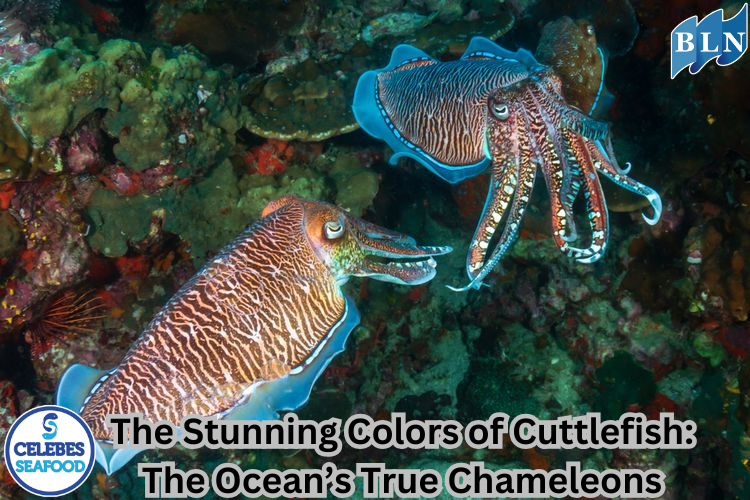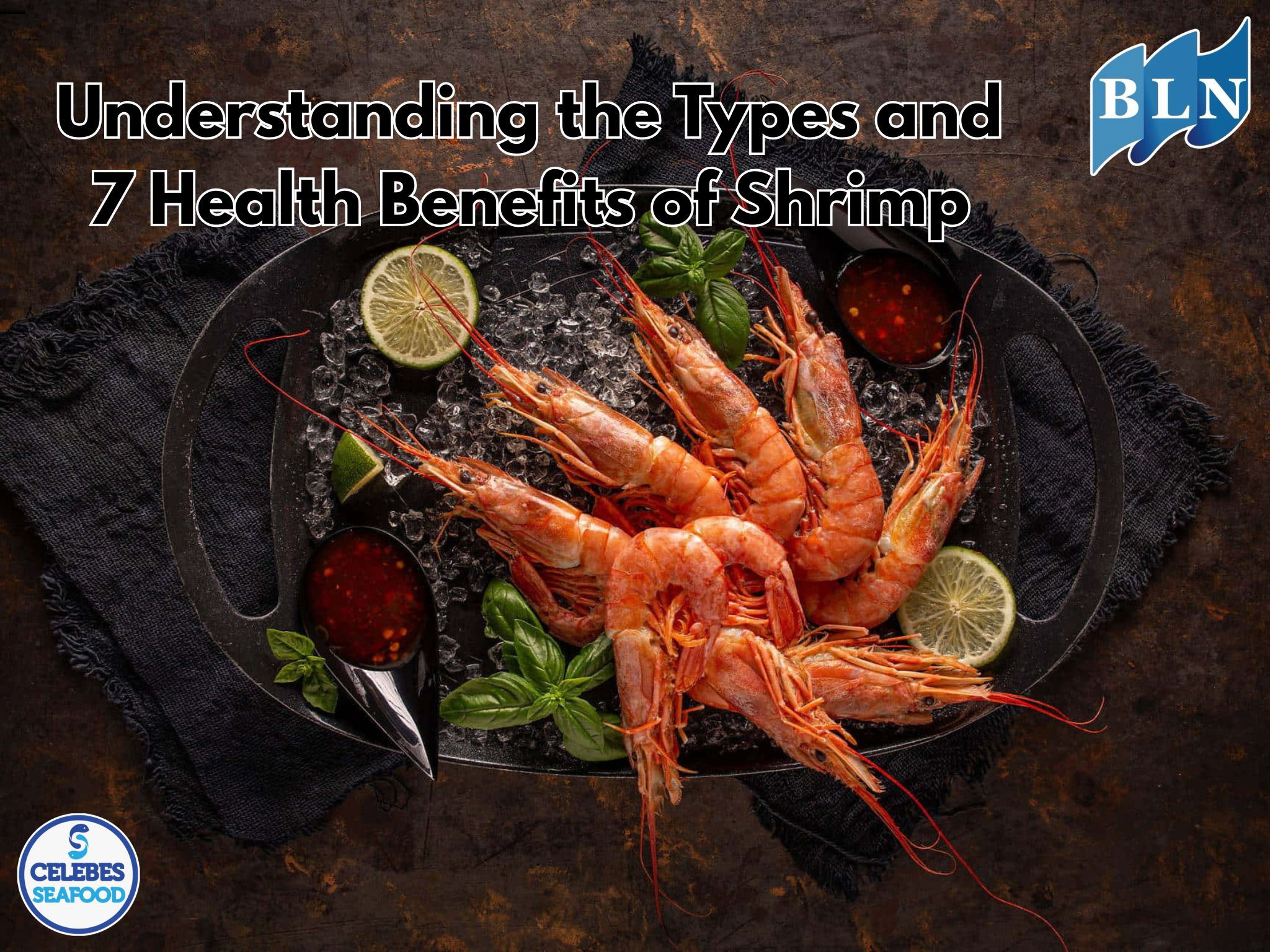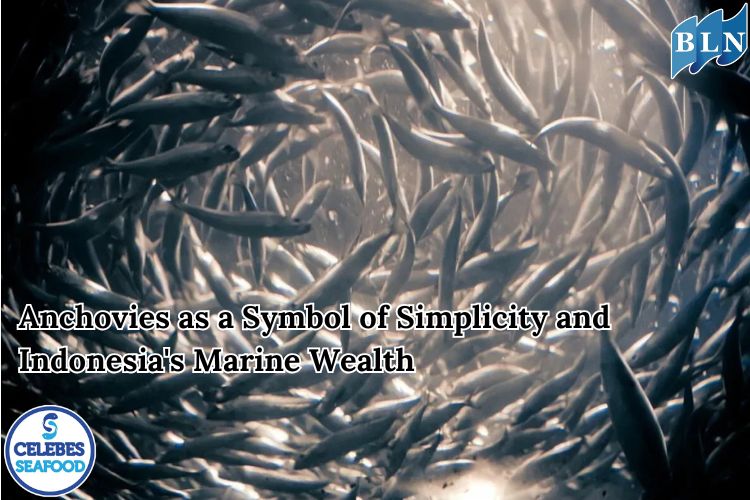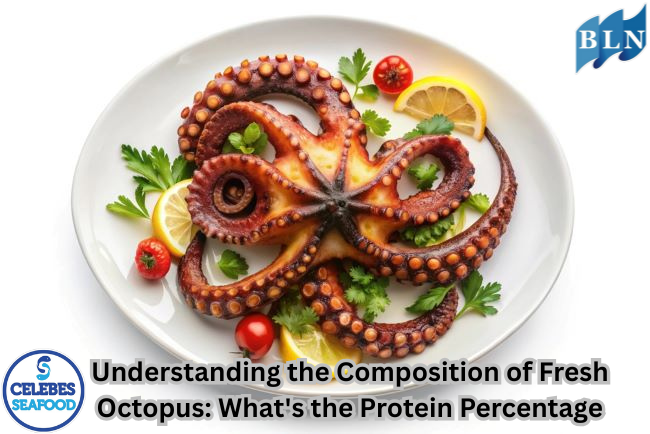The Stunning Colors of Cuttlefish: The Ocean’s True Chameleons
By. Tri - 09 Aug 2025
Lautnusantara.com_ Cuttlefish are among the most fascinating creatures in the ocean. With a body shape resembling squids, they possess a unique and extraordinary talent—the ability to rapidly change the color and pattern of their skin with incredible precision. Because of this remarkable skill, they are often nicknamed “the chameleons of the sea.”
These cephalopods can be found in a variety of marine environments, from sandy shallow waters to vibrant coral reefs. Their color-changing ability is not just for survival—it also makes them one of the most visually captivating animals in the ocean.
The Mechanism Behind Their Color Change
Cuttlefish skin is a complex biological masterpiece, made up of three main types of specialized cells:
- Chromatophores – Pigment-containing cells in colors like yellow, red, brown, and black. By expanding or contracting, they can reveal or hide different colors.
- Iridophores – Cells that reflect light, producing shimmering blues, greens, and purples through light interference rather than pigment.
- Leucophores – Cells that scatter and reflect white light, helping to balance or soften colors.
These cells work in perfect coordination. The cuttlefish’s highly advanced brain sends signals to tiny muscles around the pigment sacs and reflective layers, allowing the animal to transform its appearance in less than a second.
The Meaning Behind Cuttlefish Colors
Color changes in cuttlefish are far from random—each pattern and shade serves a specific purpose:
- Dark brown, grey, or sandy tones – Camouflaging on the ocean floor to avoid predators.
- Pale white – Blending in with sand or signaling a calm, non-threatening state.
- Bright red or yellow – Showing aggression, dominance, or warning rivals.
- Shimmering blues and greens – Used during courtship to attract mates.
- Rapid flashing patterns – Confusing prey or startling predators.
Interestingly, a cuttlefish can display two completely different patterns on each side of its body simultaneously—such as luring a mate on one side while warning a rival on the other.
Functions of Color Change
- Camouflage
Cuttlefish are camouflage experts, capable of mimicking the color, pattern, and even texture of their surroundings, whether it’s coral, rock, or sand. - Communication
They use colors as a visual language—sending signals for mating, cooperating during hunts, or warning competitors to stay away. - Defense
In addition to releasing a cloud of ink, cuttlefish can instantly flash high-contrast colors to startle predators, buying precious seconds to escape.
A Visual Wonder for Divers and Scientists
For divers, witnessing a cuttlefish’s transformation is unforgettable. While gliding across the reef, it can shift from plain, muted tones to dazzling, intricate patterns in an instant. This is not only mesmerizing to watch but also a subject of serious scientific study.
In fact, the unique skin structure of cuttlefish has inspired innovations in military camouflage, adaptive clothing design, and even flexible display technology. Scientists are working to replicate the functions of chromatophores and iridophores to create materials that can change color on demand.
The cuttlefish is a living testament to the wonders of evolution. Its ability to change color so rapidly and precisely is both a survival tool and a breathtaking spectacle. In the mysterious and ever-changing world beneath the waves, cuttlefish prove that beauty and survival can exist side by side—one flash of color at a time.
If you are interested in our Goldband Snapper Fillet Skin On, Goldband Snapper Fillet Skinless please do not hesitate to contact us through email and/or whatsapp.

.jpg)





